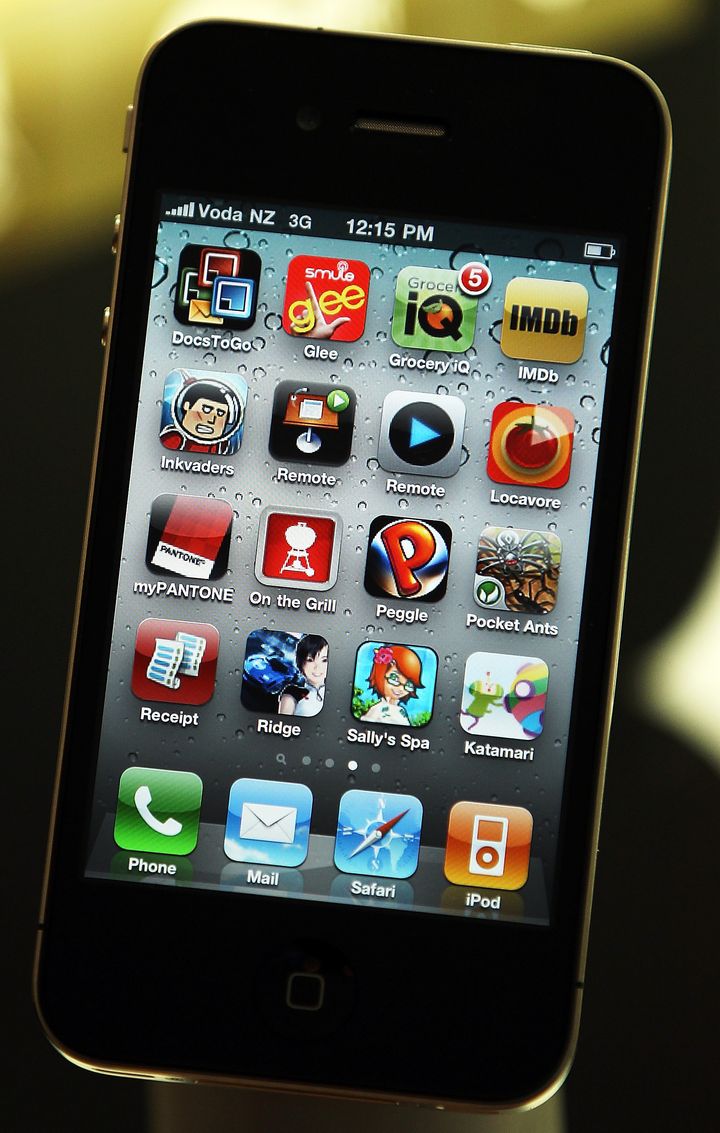
We will look back at 2010 as the year M-commerce arrived. This holiday season, more than half of consumers say they will do some form of shopping on their smartphone or mobile device. But our holiday Retail User Experience Index showed many shoppers are only "tolerating" website performance (load time, availability) on mobile devices.
This confirms our consumer survey findings that 58 percent of shoppers expect mobile websites to load as fast or faster than their desktop counterparts. These are the same consumers who also desire a rich web experience with video, graphics and compelling applications.
M-Commerce: Context is Key
Many are quick to blame the carriers for poor mobile performance, but our data shows that's too simple an excuse: the differences between the best mobile website performers and the laggards are pretty wide, even on the same wireless network.
So how does an online retailer address the challenges of mobile devices? The answer is context -- specifically how and under what circumstances does your mobile audience interact with your website?
Are they bag-totting business travelers who require one-thumb transactions while catching a flight? Is it a shopper at the mall, using her phone for price comparisons or barcode scans? Or a subway rider dealing with spotty connections? And what time of day do they shop and from which geographies? This context was not as important when online retailing was done only on a laptop or desktop computer.
Evolution of Mobile Commerce
To explore this challenge, let's look at the evolution of retailing on mobile devices. It starts with a desktop-optimized website and the hope that this core destination, in its full glory, will also perform well on a mobile device. Yes, there are still a few of those left.
Step Two is the realization that the smaller screen size requires a distinct layout, so retailers build a mobile-optimized site, which is typically a stripped-down version of their main site, one that recognizes the device and hopefully shifts you to the m-dot version. This is progress, but it still views the device as a limited channel.
Because we now live in a world of apps, at some point a retailer moves on to Step Three of the evolution: a simple app. These are usually just a thin native wrapper which reuses existing browser functions. Nothing fancy, but at least it's an app.
Step Four is where many retailers are today, as they capitalize on the full capabilities of the mobile device and build apps with native functions and APIs that use the camera, location services (GPS) and other talents of the hardware itself. The goal is to provide a customized device-specific interface.
Then there's Step Five, where a company decides it must have it all. It revisits Step Three, adding mobile-specific functionality to the website. So it's no longer about the limitations of mobile or making the site just "fit" the format. Here retailers make certain the browser fully embraces the capabilities of the device, while at the same time offering several dedicated apps, customized for each mobile OS currently available.
So how much does any one retailer need? That's usually based on what the category leaders and top performers are doing. But more often, the competition is the creator of the app or website providing the most useful, interesting and flawless web experience. Even if they're not in the retail category, these are the companies driving today's user expectations.
Ultimately this brings us back to context: how and under what conditions does your audience use their device and which devices are the most important to them? That will drive a retailer's buildout priorities. But as we've seen, this is a complex issue.
Best-in-Breed Mindset
Five years ago retailers did not need to consider mobile devices. Today they have to deal with multiple mobile platforms, a variety of mobile browsers, dedicated apps for each OS, and also address the moving target of mobile carrier performance.
If a retailer sees these challenges as limitations, it will risk falling behind. Viewing the mobile sea change as a series of opportunities is the predominant mindset we've seen in best-in-breed retailers.
These leaders also adopt best practices which include benchmarking the competition's transaction times, so you have a reference point, and also creating an effortless transaction flow. In other words, does it take two steps to complete a transaction or six?
Measuring response times from the end-user perspective is also vital, as much can go wrong between your data center and your customer's iPhone. So take a "first mile to last mile" monitoring approach for the best results. This is particularly important with mobile, where the best sites and apps are architected to seem impervious to the shortcomings of mobile carriers.
The game is on for mobile device shopping. And unlike the desktop web, the winners have yet to be crowned. The customers are ready to play, and the days of tolerating poor performance "because it's mobile" are fading fast. Those who embrace the mobile opportunity, offer the most usable features, and provide the fastest, most consistent performance will emerge as the leaders in their category.